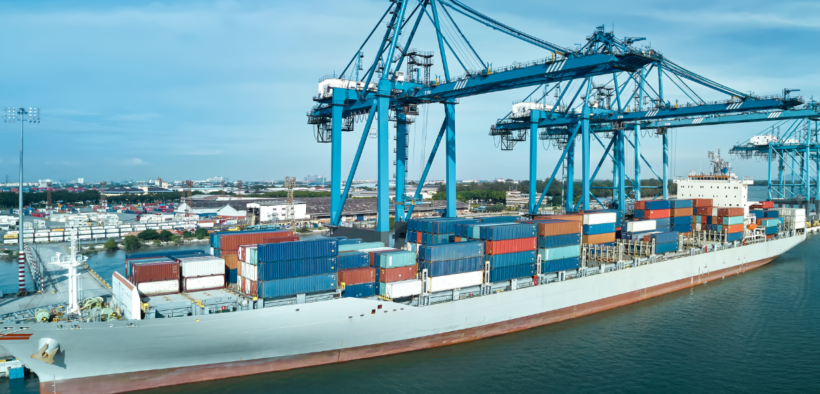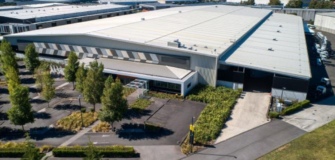Port of Melbourne highlights key import and export trends in new study
Share

Port of Melbourne has released its Container Logistics Supply Chain Study (CLCS), which is providing a clearer view of container movements to and from the port.
The report is developed GHD Advisory, with support from the Victorian Department of Transport, to help fully understand trends in the location of imports and exports, growth areas and to inform transport planning, land use planning and community amenity considerations.
In a statement, Port of Melbourne CEO Brendan Bourke said the study is a significant investment by the port.
“We [are] committed to the project because we recognise the need to provide an up to date picture on container movements along the supply chain across all of Victoria and interstate,” Bourke said.
Since the last container tracking report undertaken in 2009, the supply chain has experienced significant changes with dramatic disruptions like the COVID-19 pandemic.
Port of Melbourne emphasises that understanding how the supply chain really works is fundamental to being able to manage them efficiently and keep freight moving.
The biggest shift is that Melbourne’s western suburbs have grown in importance as a freight hub with a 41% increase in the last ten years of being the final destination of imported goods through the port.
From an export perspective, the report shows Warrnambool and Mildura as key drivers of Victorian exports through the port. Both cities have an average of 5% each contributing to these figures, with the South Western Corridor producing the most export containers in Victoria.
“It’s very clear that container volumes are growing, and consumers are importing more goods from overseas,” Bourke noted.
“The need for strategic transport planning to meet these increased freight needs is necessary across Metropolitan Melbourne and especially in the west where we see the key hub of Victoria’s supply chain growing,” he said.
He also highlighted the continued growth of container movements in the west of Melbourne.
“The amenity of residents and port buffer zones separating industrial and residential locations are important considerations for industry and government alike,” he said.
“We know that this study is a critical planning tool for everyone connected to the supply chain, and we hope it spurs new initiatives and investment,” he concluded.
Source: Port of Melbourne















